Sherborne Sensors’ load cells support Moon and Mars micro-rover mobility system
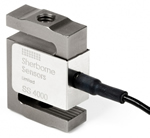
Sherborne Sensors has helped Canada’s Carleton University complete development of an innovative mobility system for a prototype micro-rover that in future may perform exploratory research missions on the Moon and Mars.
Sherborne Sensors’ SS4000M miniature force transducers are situated over each of the wheel hubs and are integrated into the mechanical system of the chassis to provide critical data that will improve traction and combat slippage when the micro-rover is traversing a Martian surface.
“There is a high possibility of a rover getting stuck on the Martian surface because the soil is fine grained - slippage occurs while driving the wheels without making any forward motion resulting in significant power drain,” says Alex Ellery, professor of mechanical and aerospace engineering at Carleton University and Canada Research Chair in Space, Robotics and Space Technology. “By putting a load cell above each wheel station, we are able to measure the vehicle’s tractive capability (friction) continuously as it drives across the surface and from that, using sophisticated modeling software, we can throttle the power to reduce the amount of slippage.”
Named ‘Kapvik’ after the Canadian Wolverine, the micro-rover is one of the first rover designs to incorporate force sensors above the wheel hubs to sense the normal load exerted on each wheel and is being developed under a $1.8-million (CAD) contract commissioned by the Canadian Space Agency.
“The chassis and frame for Kapvik was built ‘from the ground up’ using a rocker-bogie design, which is proven for negotiating obstacles of up to 15 cm in height and where speed is not a concern (Kapvik’s top speed is 80 meters per hour),” states Dr Ala’ Qadi, the project manager at Carleton University.
“However, we recognized that it would need to obtain sensor readings from over the chassis and combine these with the actual load power ratings in order to enable dynamic traction control.” Kapvik’s modular architecture allows for optimal reconfiguration for Moon and Mars exploration and the micro-rover prototype has been submitted to the CSA for further terrestrial field tests that will reproduce key conditions of space missions. The CSA stipulated that all components employed by Kapvik be ‘flight representative’, which ensures a path to flight qualification should a mission be confirmed.
Sherborne Sensors’ SS4000M miniature force transducers were selected for their small size and wide range, as well as the fact the company has experience in working on space qualified systems. Sherborne Sensors was recently awarded AS9100:2009 Rev C, the international standard that specifies requirements for a quality management system for Aviation, Space and Defense Organizations.
“The SS4000M force transducers were the perfect size and range for the application and working with Sherborne Sensors has been great,” says Tim Setterfield, who designed Kapvik’s mobility system while studying for a Master’s of Aerospace Engineering at Carleton University. “They provided a considerable amount of additional information that proved extremely helpful with our modeling and analysis, while their previous experience in flight qualification will be important moving forward.”
“There is a high possibility of a rover getting stuck on the Martian surface because the soil is fine grained - slippage occurs while driving the wheels without making any forward motion resulting in significant power drain,” says Alex Ellery, professor of mechanical and aerospace engineering at Carleton University and Canada Research Chair in Space, Robotics and Space Technology. “By putting a load cell above each wheel station, we are able to measure the vehicle’s tractive capability (friction) continuously as it drives across the surface and from that, using sophisticated modeling software, we can throttle the power to reduce the amount of slippage.”
Named ‘Kapvik’ after the Canadian Wolverine, the micro-rover is one of the first rover designs to incorporate force sensors above the wheel hubs to sense the normal load exerted on each wheel and is being developed under a $1.8-million (CAD) contract commissioned by the Canadian Space Agency.
“The chassis and frame for Kapvik was built ‘from the ground up’ using a rocker-bogie design, which is proven for negotiating obstacles of up to 15 cm in height and where speed is not a concern (Kapvik’s top speed is 80 meters per hour),” states Dr Ala’ Qadi, the project manager at Carleton University.
“However, we recognized that it would need to obtain sensor readings from over the chassis and combine these with the actual load power ratings in order to enable dynamic traction control.” Kapvik’s modular architecture allows for optimal reconfiguration for Moon and Mars exploration and the micro-rover prototype has been submitted to the CSA for further terrestrial field tests that will reproduce key conditions of space missions. The CSA stipulated that all components employed by Kapvik be ‘flight representative’, which ensures a path to flight qualification should a mission be confirmed.
Sherborne Sensors’ SS4000M miniature force transducers were selected for their small size and wide range, as well as the fact the company has experience in working on space qualified systems. Sherborne Sensors was recently awarded AS9100:2009 Rev C, the international standard that specifies requirements for a quality management system for Aviation, Space and Defense Organizations.
“The SS4000M force transducers were the perfect size and range for the application and working with Sherborne Sensors has been great,” says Tim Setterfield, who designed Kapvik’s mobility system while studying for a Master’s of Aerospace Engineering at Carleton University. “They provided a considerable amount of additional information that proved extremely helpful with our modeling and analysis, while their previous experience in flight qualification will be important moving forward.”
Downloads
Similar articles
More from Sherborne Sensors
- Sherborne Sensors supports mineshaft inspection breakthrough 10th January 2013
- Sherborne Sensors achieves AS9100C certification for precision Inclinometers, Accelerometers and Force Transducers 12th September 2012
- Sherborne Sensors re-launches DSIC Digital Servo Inclinometers 12th September 2012
- Sherborne Sensors’ load cells support Moon and Mars micro-rover mobility system 16th July 2012

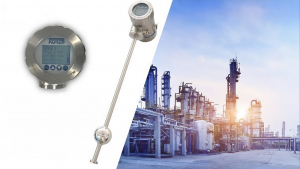
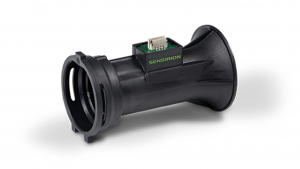
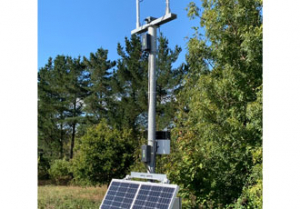
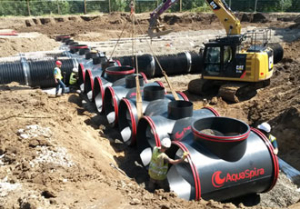







Write a comment
No comments